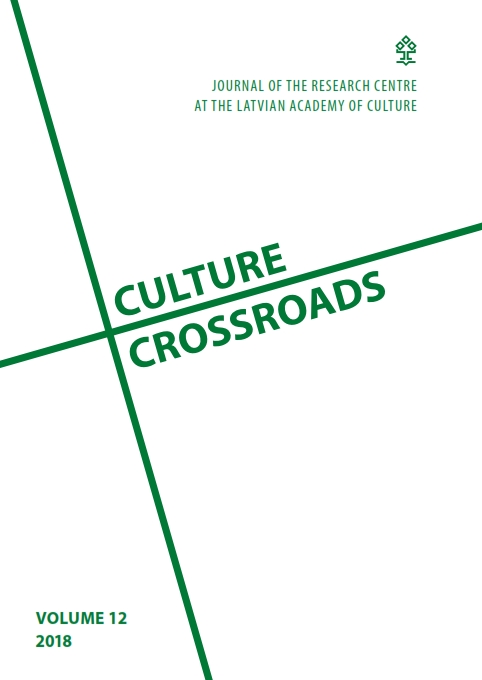Principles and Logic of the Depiction of Flowers in Vanitas Photography
Principles and Logic of the Depiction of Flowers in Vanitas Photography
Author(s): Līga SakseSubject(s): Cultural history, Photography, Semiology, Aesthetics, Sociology of Culture, Sociology of Art, History of Art
Published by: Latvijas Kultūras akadēmija
Keywords: photography; contemporary; still life; artefact; vanitas;
Summary/Abstract: Art must reflect something that cannot be called trivial or perceived by rational means, as well as what we cannot experience in reality – the borderline between life and non-existence, death among other things. Certainly, ways of depiction vary – there are works of art where the temporariness of life and the inevitability of death have been modelled as a type of a game and there are also those works of art that bear an indirect reminder of death – through allegories or metaphors. Vanitas belongs to the latter. Vanitas is an allegorically presented still life that emerged as an independent genre in about 1550 and became most widespread in the 16th and 17th centuries in Belgium and Flanders. Traditionally the composition of a still life of this type included a human skull, a burnt-out candle, small cut flowers as well as other objects that all seemed to say – everything and anything is transient. The purpose of the paper is to undertake the comparative analysis of vanitas still lives by artists from the USA, Japan and Germany. The photographs of flowers will be used to read the cultural historical message contained in them as well as the technical means of expression used in photography that are enhanced by a profoundly personal depiction. The perceivable designation created by the photographer and the aesthetic object registered by the collective consciousness will be defined and described taking into consideration, as far as possible, the social context that has led to the creation of the given artefact. Works of art will be summarised according to different principles of depiction and the main trends that are reflected in contemporary art photography and have not been encountered before will be outlined. It will result in a general overview through applying acceptable norms that will make it possible to determine whether the picture is or is not contemporary as well as to establish criteria characterising the concept of the contemporary.
Journal: Culture Crossroads
- Issue Year: 12/2018
- Issue No: 1
- Page Range: 72-84
- Page Count: 13
- Language: English

